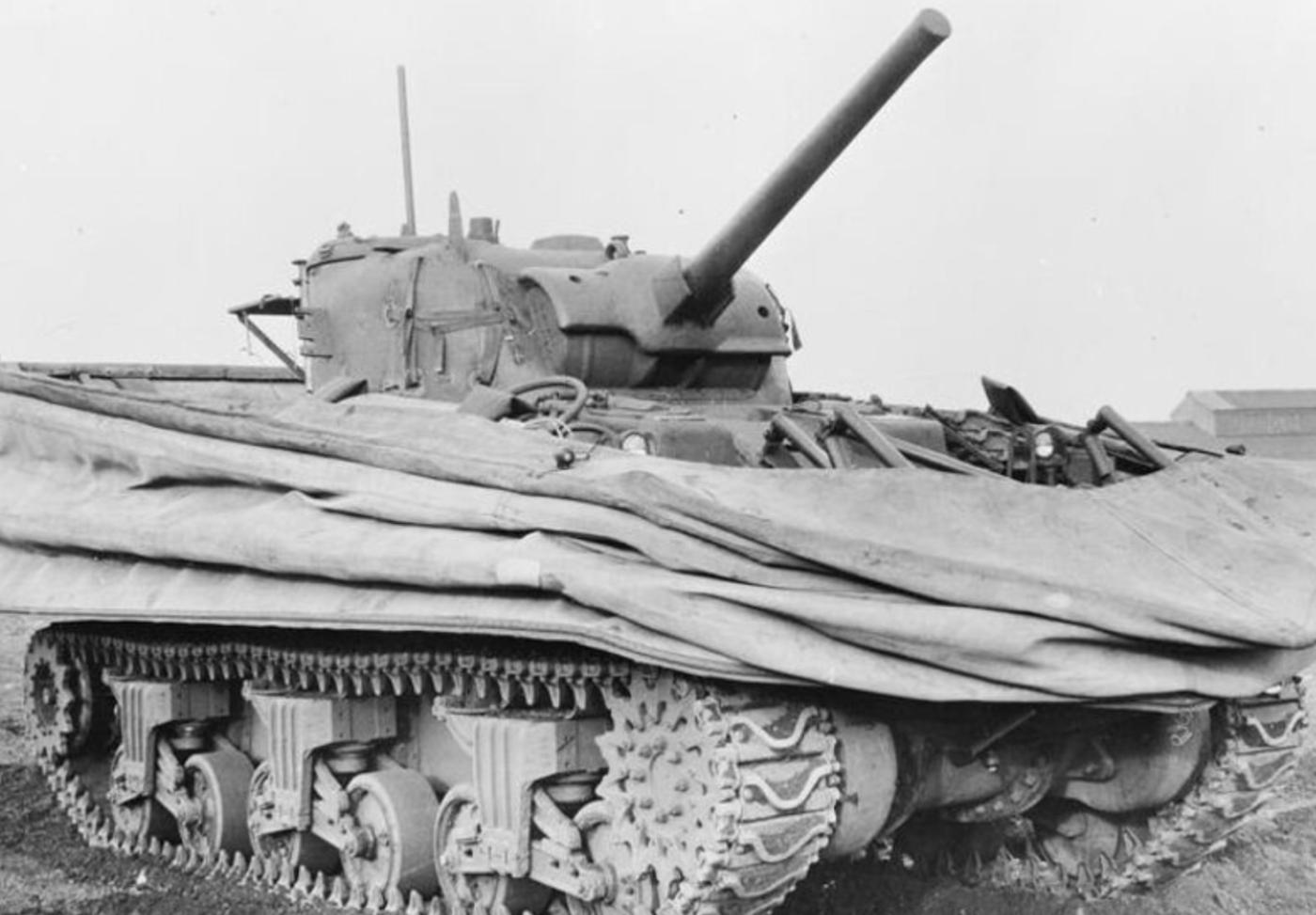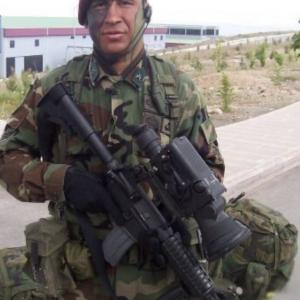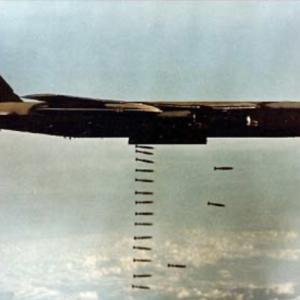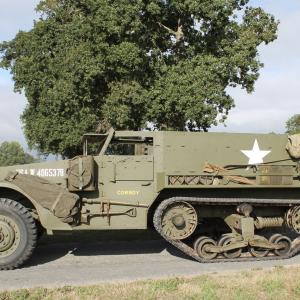
Swimming tank
On June 6, 1944, D-Day marked the beginning of the Allied invasion of Nazi-occupied France. Among the many challenges faced by the invading forces was how to bring armored support directly onto the beaches under enemy fire. Standard tanks were ill-suited for amphibious landings, as they could not be deployed directly from the sea onto the shore without significant risk of sinking or being disabled.
To address this issue, Allied engineers modified the standard M4 Sherman tank to operate in amphibious conditions. The result was a specially adapted vehicle known as the Duplex Drive tank, or DD tank, often referred to as the “swimming Sherman.” This tank was designed to be launched from landing craft several hundred yards offshore and then “swim” to the beaches under its own power, providing immediate fire support to infantry units upon arrival.
The swimming Sherman was part of a broader strategy to use specialized armored vehicles to breach beach defenses quickly. While the concept was bold, it introduced new technical and tactical challenges that would be tested in real combat conditions during the Normandy landings.
The Duplex Drive Sherman tank was engineered to convert a standard land vehicle into an amphibious machine capable of operating in open water. This transformation required several key modifications.
The most distinctive feature was a canvas flotation screen mounted around the upper hull of the tank. This screen was supported by a metal frame and could be raised to create a watertight enclosure, enabling the tank to float. When not in use, the screen could be folded down, allowing the tank to function normally on land.
Propulsion in water was provided by two propellers mounted at the rear, driven by the tank’s existing engine. The tracks were used for steering while afloat. Additional waterproofing was applied to the hull and internal systems to prevent water damage and ensure the vehicle's operation during its journey through the surf.
These tanks were typically launched from landing craft around 1,500 to 2,000 yards from the shoreline. This allowed them to approach the beaches with some degree of stealth and independence, ideally arriving alongside or just ahead of infantry units to provide covering fire and support.
The Duplex Drive Shermans saw combat on several Normandy beaches, with varying degrees of success depending on the conditions at each landing site.
At Omaha Beach, strong currents and rough seas created major difficulties. Many of the tanks were launched too far offshore and quickly sank. Of the 32 DD tanks deployed at Omaha, only a few managed to reach the shore. Their absence left the infantry without crucial armored support during the initial and most vulnerable stages of the assault, contributing to heavy casualties.
In contrast, at Utah Beach, the sea was calmer and the tanks were launched closer to shore. Almost all of the tanks reached land safely and supported the infantry effectively. Their presence played an important role in the relatively rapid securing of the beachhead.
Despite the mixed results, the swimming Sherman tank represented a significant innovation in combined-arms amphibious warfare. It demonstrated the potential and limitations of integrating armor with seaborne assault tactics and informed future military strategies in both Europe and the Pacific.










